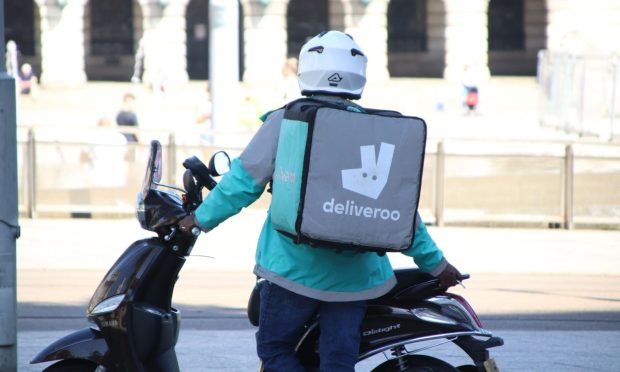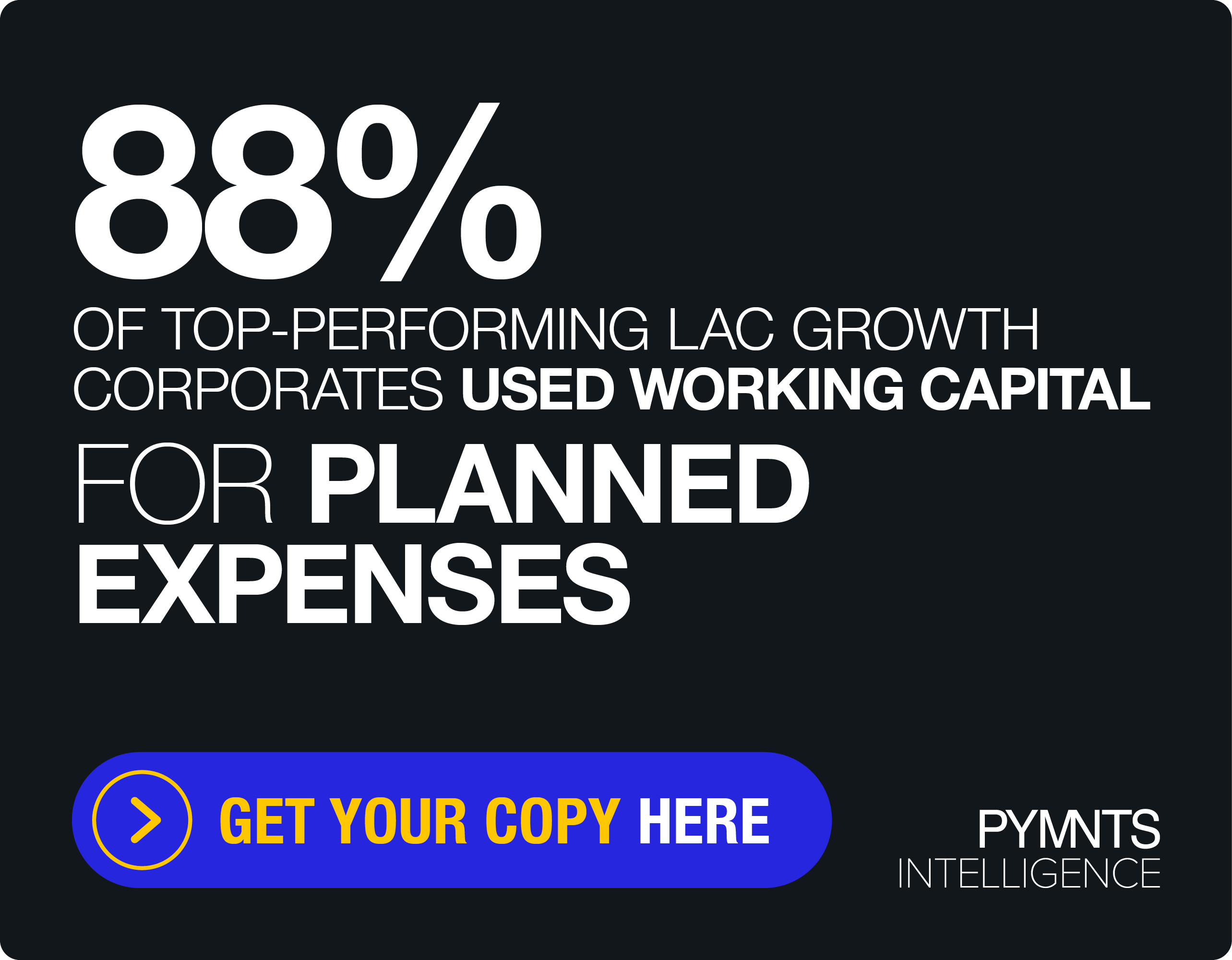Deliveroo’s Layoffs Speed Food Delivery Firm’s Path to Profitability

Shortly after announcing widespread layoffs, Deliveroo has pulled ahead of its profitability goals.
The United-Kingdom-based multinational aggregator reported in its full-year 2022 financial results Thursday (March 16) that it is reaching profitability.
“We’ve made excellent progress in our path to profitability. We delivered positive adjusted EBITDA in the second half of 2022,” CEO Will Shu told analysts on a call. “We said we would do this in second half 2023 or first half 2024. So, well ahead of schedule. We’re really, really proud of this.”
The news that the company’s profit margins have been looking good in recent months may have something to do with recent, fairly dramatic cost-cutting initiatives. Just last month, Shu announced that the aggregator was laying off 9% of its global workforce due to economic challenges, with approximately 350 expected to be affected. Granted, he added that the company expects the final tally to be closer to 300 once redeployments are accounted for.
Indeed, Shu spoke to these layoffs on Thursday’s call as well as other moves that the company has taken to reduce costs such as exiting the Netherlands and Australia.
“Through 2020 and 2021, [I] think we hired too many people too fast,” Shu said. “Now, if we look at our business, we’re not seeing the same growth. We’ve exited some markets and we need to look very hard at ourselves to become more efficient.”
He added that the company has paused non-tech hiring and implemented stricter standards for tech hiring as well as, of course, laid off employees, contending that these moves were not only a reaction to the current economic climate but part of a broader effort to see a “permanent shift towards increased efficiency.”
The news comes at a time when on-demand delivery services around the world are being challenged to make difficult choices in response to challenging economic conditions. For instance, ultrafast grocery delivery firm Food Rocket, backed by convenience retail giant Couche-Tard, recently shut down, having burned through its funding and finding itself unable to bring in additional capital.
That said, Deliveroo is continuing to bet on its own ultrafast delivery arm, HOP, which fulfills orders from company-operated dark stores.
“During 2022, we saw the pressures in this industry. We saw a lot of the pure-play quick commerce guys have some difficulties as funding has dried up, we’ve seen players merging,” Shu noted. Yet, he added, “we have made really significant advancements in profitability of HOP. And we’re very confident of its role in our marketplace.”
Deliveroo is not alone in the belief that there is a way to make the model work in the U.K. Just Eat, for instance, has been providing rapid grocery delivery through retailers Co-op and Sainsbury’s, and Tesco announced last month that it is expanding its rapid delivery service, Whoosh, to 200 additional stores, bringing the total to 800.
Indeed, consumers in the country are disproportionately keen relative to the global population on the convenience of home delivery. The U.K. edition of PYMNTS’ “Global Digital Shopping Playbook” reveals that British eCommerce shoppers’ preference for getting purchases delivered directly to their homes was 10% higher than the 71% average across all six countries surveyed.

